
An overview of altering tables after creation
- Subject:
- Applied Science
- Computer Science
- Material Type:
- Interactive
- Lesson
- Provider:
- Khan Academy
- Provider Set:
- Khan Academy
- Author:
- Pamela Fox
- Date Added:
- 07/15/2021

An overview of altering tables after creation

The basics of the alternative minimum tax. Created by Sal Khan.

How the Chinese buying of American debt leads to lower interest rates. Created by Sal Khan.
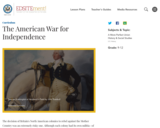
The decision of Britain's North American colonies to rebel against the Mother Country was an extremely risky one. In this unit, consisting of three lesson plans, students will learn about the diplomatic and military aspects of the American War for Independence.

Core beliefs around the role of government in the US. Discussion of quotes by Ronald Reagan, FDR, Barack Obama and Milton Friedman.

Unlike European option, an American options can be exercised at any point before it expires. In this video we walk through the process of exercising an American call option. Created by Sal Khan.

In 1944, the Americans (and Allies) make even more progress in the Pacific. By the end of the year, they have taken positions that put them within bombing range of Japan.

In 1944, the Americans (and Allies) make even more progress in the Pacific. By the end of the year, they have taken positions that put them within bombing range of Japan.

Unlike European option, an American options can be exercised at any point before it expires. In this video we walk through the process of exercising an American put option. Created by Sal Khan.

Introduction to amortization. Created by Sal Khan.

Comparing depreciation and amortization. Created by Sal Khan.

An example of simplifying a seemingly complicated resistor circuit. Created by Willy McAllister.
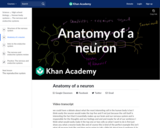
Neurons (or nerve cells) are specialized cells that transmit and receive electrical signals in the body. Neurons are composed of three main parts: dendrites, a cell body, and an axon. Signals are received through the dendrites, travel to the cell body, and continue down the axon until they reach the synapse (the communication point between two neurons).

Understanding the structure of a skeletal muscle cell.. Created by Raja Narayan.
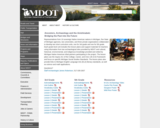
Representatives from 10 sovereign Native American nations in Michigan, five State of Michigan agencies, two universities, and three private organizations collaborated to develop two short curriculum units, one for 3rd grade and one for 5th grade. Each grade level unit includes five lesson plans and support materials for teachers using information from two archaeological sites provided by MDOT and cultural, historical, environmental, and indigenous knowledge provided and vetted by Michigan Native American tribal partners participating in the project. The lesson plans use the Inquiry Arc of the College, Career, and Civic Life (C3) Framework and focus on specific Michigan Social Studies Standards. The lesson plans also provide links to Michigan English Language Arts (ELA) literacy standards, as well as science and math applications.
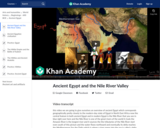
Ancient Egypt was an early example of a massive civilization spanning thousands of years. Sal explains this history in an overview.
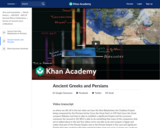
Sal provides an overview of the Greco-Persian Wars and the Peloponnesian War.
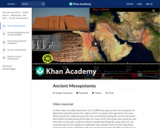
Why is Mesopotamia considered the "cradle of civilization"? Sal explains the history of the early empires on the Tigris and Euphrates rivers.
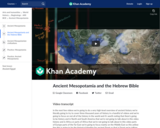
High level overview from Ancient Egypt to Babylon with reference to stories from the Old Testament.

This overview of Ancient Persia explains the origins of the term "Persia" and Zoroastrianism; it also puts the Median, Achaemenid, Seleucid, Parthian, Sassanian dynasties in context.